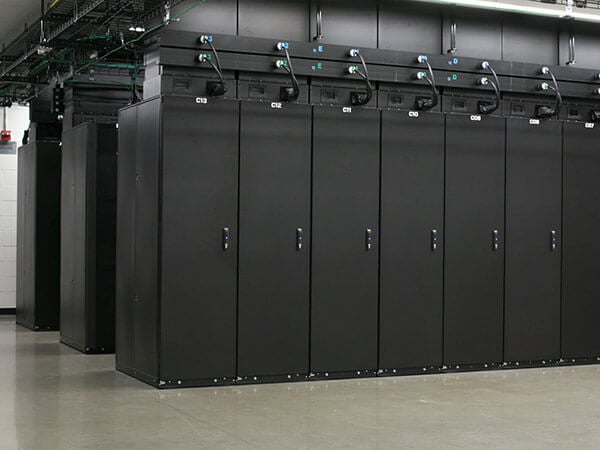Expansion of the edge and increased reliance on cloud and colocation providers will drive much of what we expect to see in the coming year.
From changing the physical architecture of data centers, whether they’re going high-density or hybrid, to changing the way the world thinks about data ownership, 2018 will usher in some significant changes in the data center industry. Here’s what we’re expecting to see in the next 12 months:
1. Emergence of the Gen 4 Data Center: Just as the iPhone drove the cloud generation, the next wave of technology is driving data centers to adjust once again. Distributed computing, growing reliance on the edge and real-time data demand a data center that can comprehensively integrate edge and core capabilities. Enter Gen 4. The next-generation data center will provide capacity in scalable modules while leveraging thermal solutions, high-density power supplies, lithium-ion batteries and advanced power distribution units to deliver seamless operation from edge to core. Gen 4 data centers will pull it all together with sophisticated monitoring and management technologies to operate IT nodes in unison. Think reduced complexity, up-front costs and latency – and increased utilization rates.
2. Cloud Providers Go Colo: More and more organizations are looking to the cloud and with that increased adoption comes the increased need for data center capacity. While some cloud providers may go down the new build path, others, whether by choice or necessity, will look to colo partners. And colos already are gearing up to meet the demand – designating cloud-specific space in existing data centers and offering build-to-suit facilities.
3. Reconfiguring the Data Center’s Middle Class: The expansion of cloud and colocation resources changes the landscape for traditional data centers. As businesses rely more heavily on the cloud and colos, smaller enterprise facilities with increased efficiency, security, availability and scalability will emerge. Even where cloud and colo adoption is slower, expect to see hybrid cloud architectures – combining more secure owned IT resources with a private or public cloud, lowering costs while managing risk.
4. High-Density (Finally) Arrives: Increasing adoption of hyper-converged computing systems and higher rack revenue potential for colocation providers are just a couple of reasons high-density racks are growing in popularity. Ten kW already is becoming the norm, and we’re starting to see deployments of 15 in hyperscale facilities with some inching towards 25 kW. While this progression may be slow, largely due to form factor considerations, the simultaneous demand for power and space is sure to continue this trend into 2018 and beyond.
5. The World Reacts to the Edge: The edge evolution begs new questions, especially as networks cross city, state and national lines. Who owns data housed on edge resources? How do we ensure that data is secure? These questions aren’t industry and expert exclusive – businesses, governments and regulatory bodies worldwide will be forced to evaluate and act accordingly.






